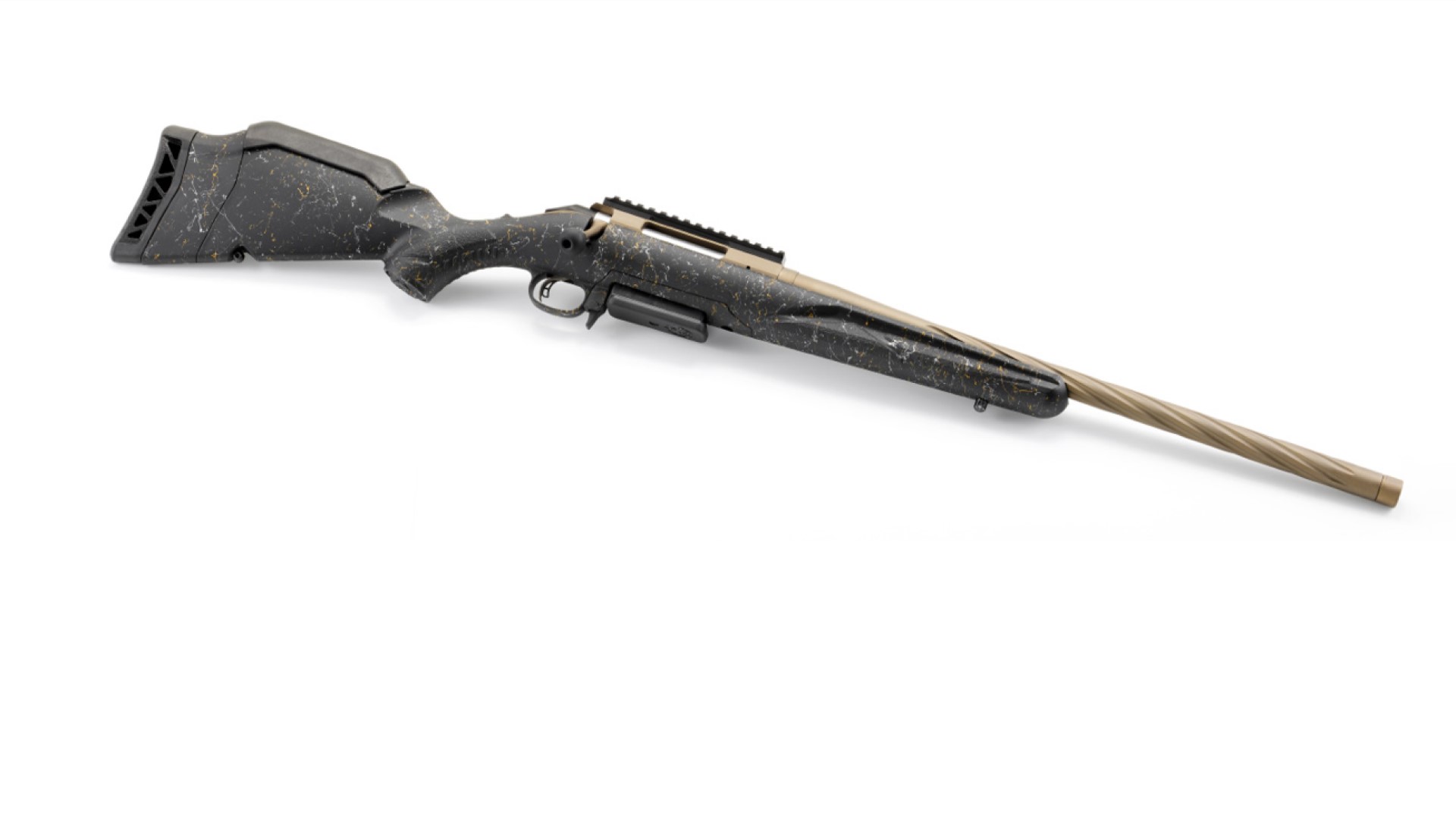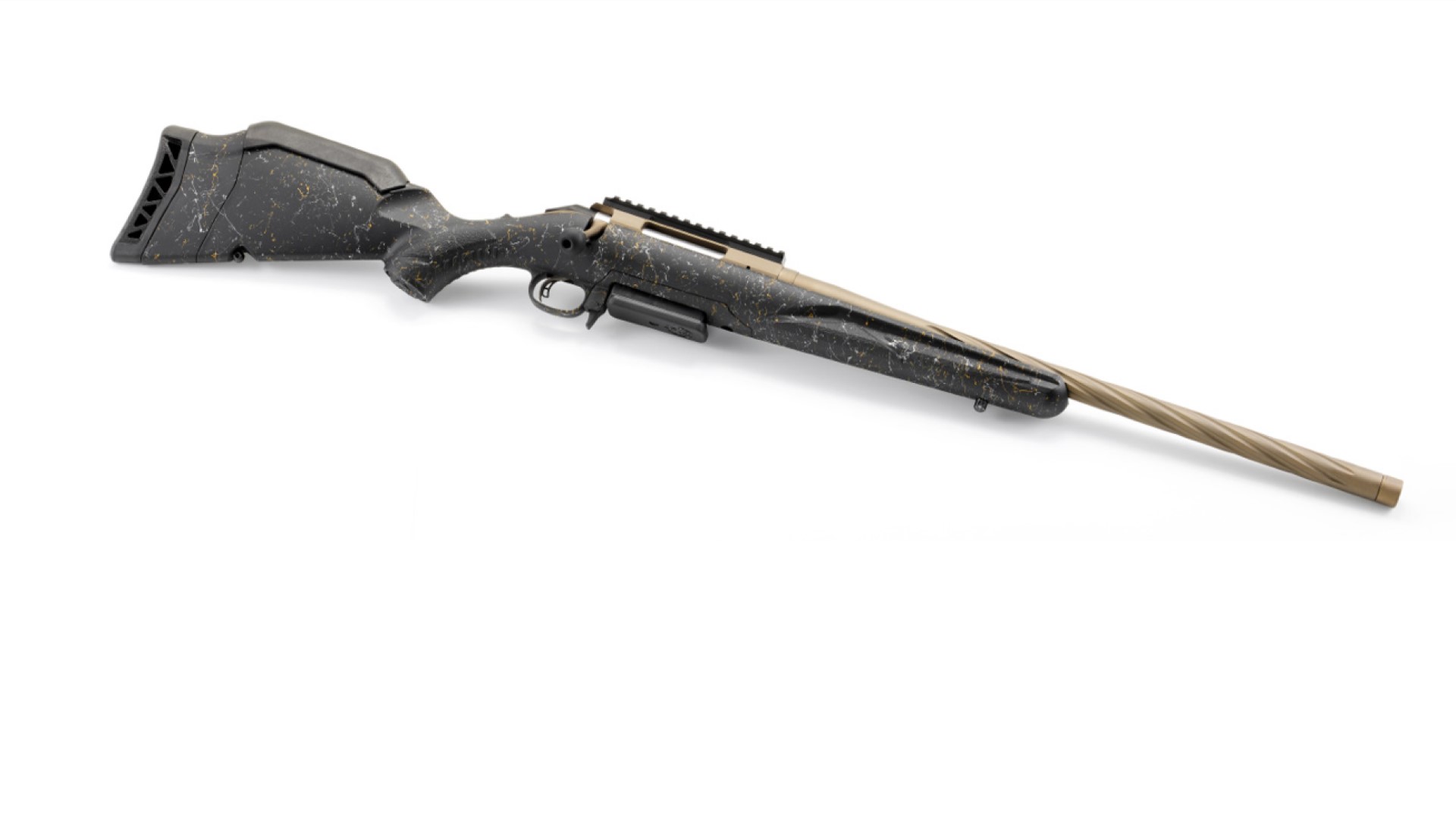
During the past year I attended three one-day advanced-handgun training courses, and not only learned many new and valuable tips and techniques, but also heard a few handgun-related terms I was unfamiliar with. For instance, at the start of one of the sessions, the instructor told those of us standing on the firing line to “Draw your weapon and index the target.”
I had no idea what “indexing” the target meant, but not wanting to interrupt the instructor I did what the shooters on either side of me were doing; I pulled my handgun from its holster and pointed it at the target. As it turned out, I guessed correctly.
I mentioned the incident to the instructor during a break later in the day, and he encouraged me to ask questions whenever I didn’t understand a command. He said he wanted his instructions to be clear, adding that clarity on the firing range enhances safety. Makes sense.
That said, the following advanced-handgun training terms may be of help to you if you decide to seek additional handgun training this year. Some of the terms may already be familiar, but I doubt you’ll know them all.
1. Load and make ready (a.k.a. Lock and load)
Whether you shoot a semiautomatic handgun or revolver, this command simply means to prepare the gun to fire by loading a cartridge into the firing chamber. In a semiauto, that involves inserting a loaded magazine into the gun and racking the action. In a revolver, it involves loading the cylinder. One instructor confided in me that by simply watching how a shooter loads his/her firearm, he has a pretty good idea how competent and confident that student is with a handgun.
2. Sight alignment
Sight alignment means lining up the front sight of the handgun with the rear sight. The tops of the two sights should be even and there should be equal space or light on either side of the front sight. And since your eye can only focus on one object at a time, focus on the front sight when aiming. As a result, the rear sight and the target will both be a tad blurry.
3. Sight picture
Sight picture is simply adding the target to your properly aligned sights. Think of sight picture as a “pumpkin on a post.” The “post” is the front sight of your gun and the “pumpkin” is the target. Align the front sight with the middle of the target.
4. Out of battery
No, we’re not talking about your cell phone. This term has to do with the slide or bolt of a gun not being fully engaged in its forward position; as a result the gun will not function.
5. Stovepipe
Another malfunction, this occurs in a semiautomatic handgun when a spent shell casing becomes lodged in an upright position in the gun’s ejection port, in essence making the gun temporarily inoperable. Usually the result of not gripping the gun firmly enough, a “stovepipe” can be cleared by using the following tap-and-rack technique.
6. Tap and rack
To clear a “stovepipe” or other malfunction in a semiautomatic handgun, with your finger off the trigger, firmly tap the base of the gun’s magazine with the open palm of your other hand, then firmly rack the slide.
7. Reloading (emergency, tactical and administrative reloads)
When your handgun runs out of ammunition and there are still threats remaining to shoot, that’s an emergency reload situation. Reload as quickly as possible and get back in the fight. But if there is no immediate threat, and you still have ammo in your gun, you can have a buddy cover you while you do a tactical reload, replacing the current magazine in your gun with a full one. An administrative reload happens when there is no threat. And depending upon your firearm and holster configuration, an administrative reload can be accomplished without removing the handgun from the holster. Simply press the magazine release button, slide out the partially filled magazine and replace it with a full one.
8. Press check
If you don’t have a semiautomatic handgun equipped with a small port that allows you to see if a cartridge is in the firing chamber, pulling back the slide slightly—a quarter-inch or so—will reveal whether or not the gun is loaded.
9. Run the gun
If a shooter is able to operate a certain firearm—load, shoot and unload—without having to consciously think about what he/she is doing, they are said to be able to “run the gun.” In other words, they are so familiar with a firearm that operating it becomes second nature, a subconscious thought. And that should be one of your goals of advanced-handgun training; strive for this level of competency with your firearm.
10. Unload and show clear
Finally, at the end of a range training session, you will be instructed to “Unload and show clear.” To do so, remove the magazine from your semiautomatic handgun, lock the slide back, and use the tip of your little finger to actually feel into the firing chamber a short distance to make absolutely sure there is no cartridge remaining in the gun. If shooting a revolver, open the cylinder and remove all cartridges and spent shell casings. Then, keeping the muzzle of the handgun pointed downrange, make the gun available for inspection by the instructor.
And one last tip. Even if you have been issued a concealed-carry handgun permit, never show up at a training session with a loaded firearm or take live ammunition into the classroom. Don’t be “That Guy…”







































